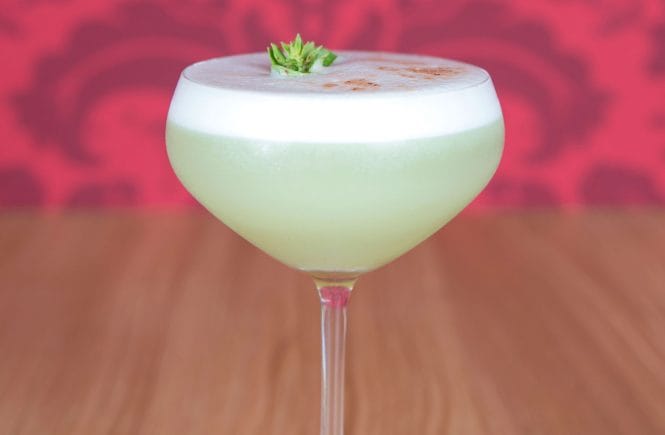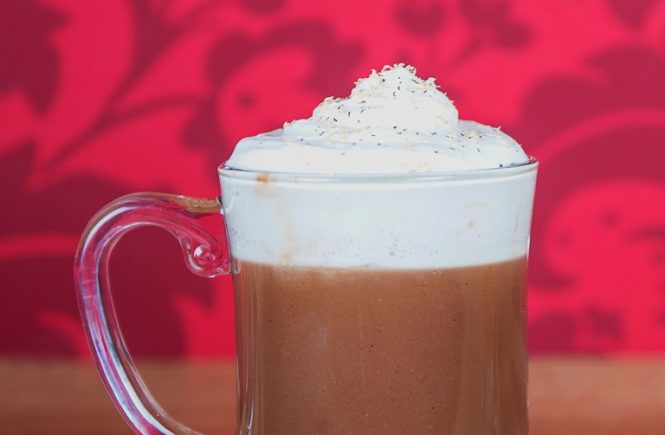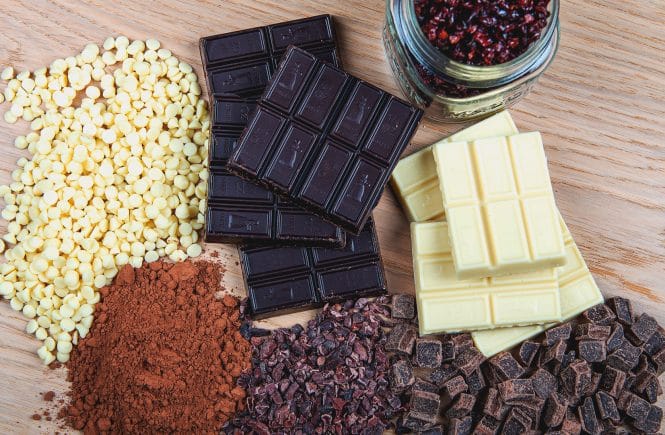Add a personalized twist to your favourite cocktails with this aromatized, fortified wine
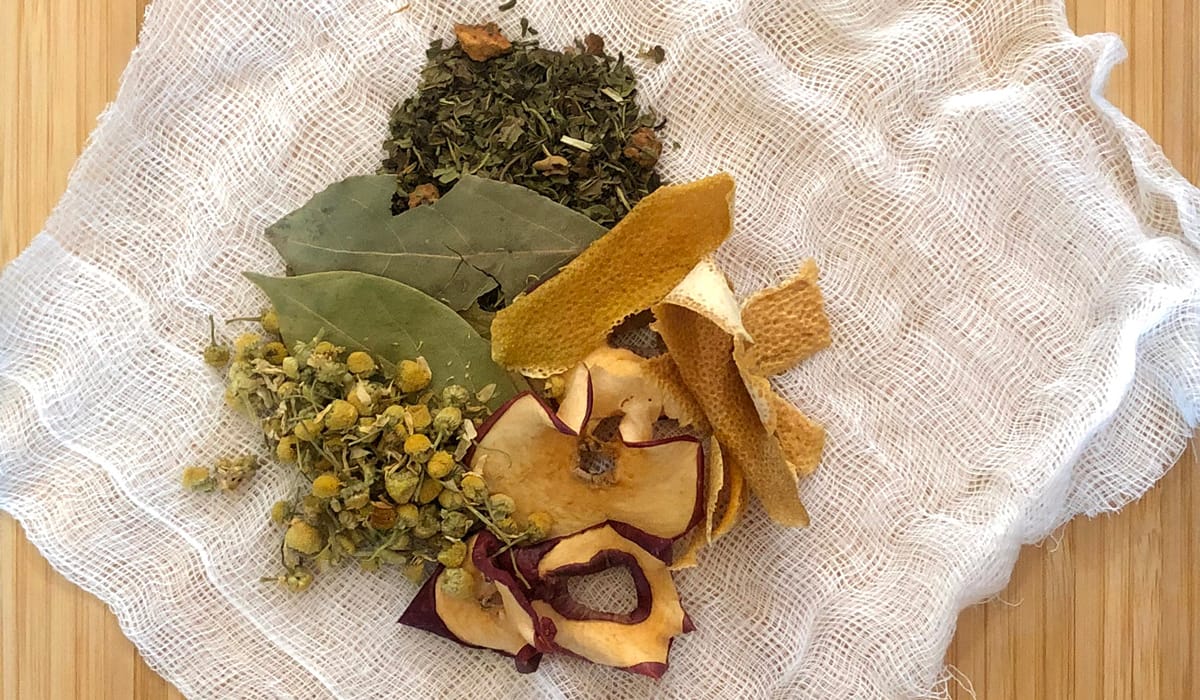
Let’s talk about the often-misunderstood aperitif vermouth. What is it? Where does it come from?
Vermouth is fortified wine with herbs, roots, spices and sometimes sugar added. There are a handful of different styles to choose from: the most common offerings are sweet red, traditionally from Italy; and dry white wormwood-infused from France. The word vermouth is the French pronunciation for “wermut,” which is German for wormwood, the mystical herb that gives absinthe its reputation and provides the distinctive dry, bitter note found in vermouth.
Many producers in Europe still make traditional styles of vermouth, but now companies from all around the world are giving vermouth new life with their own unique approaches using local and international flavours.
Vermouth has become much more than the half-empty bottle in the back of your parents’ liquor cabinet; it’s become a mainstay in pop culture with cocktails like the Martini, Manhattan and Negroni. Vermouth works beautifully on the rocks with a slice of citrus or in a refreshing spritz, as well as in an array of classic and contemporary cocktails, and will undoubtedly become a mainstay in your home bar, too.
Despite what you may think, it’s relatively easy to make your own vermouth at home. A bottle of vermouth in the fridge that is tailored to your preferences will accent all the cocktails you enjoy drinking so perfectly you’ll likely notice the bottle drains quickly!
Now follow along as I teach you how to create your own personalized vermouth.
How to make homemade vermouth
First, decide which style of vermouth you would like, whether it’s white or red wine based. I highly recommend using a wine you would drink on its own as the base for your personal vermouth. Then gather the ingredients you need for the infusion. (See options below.)
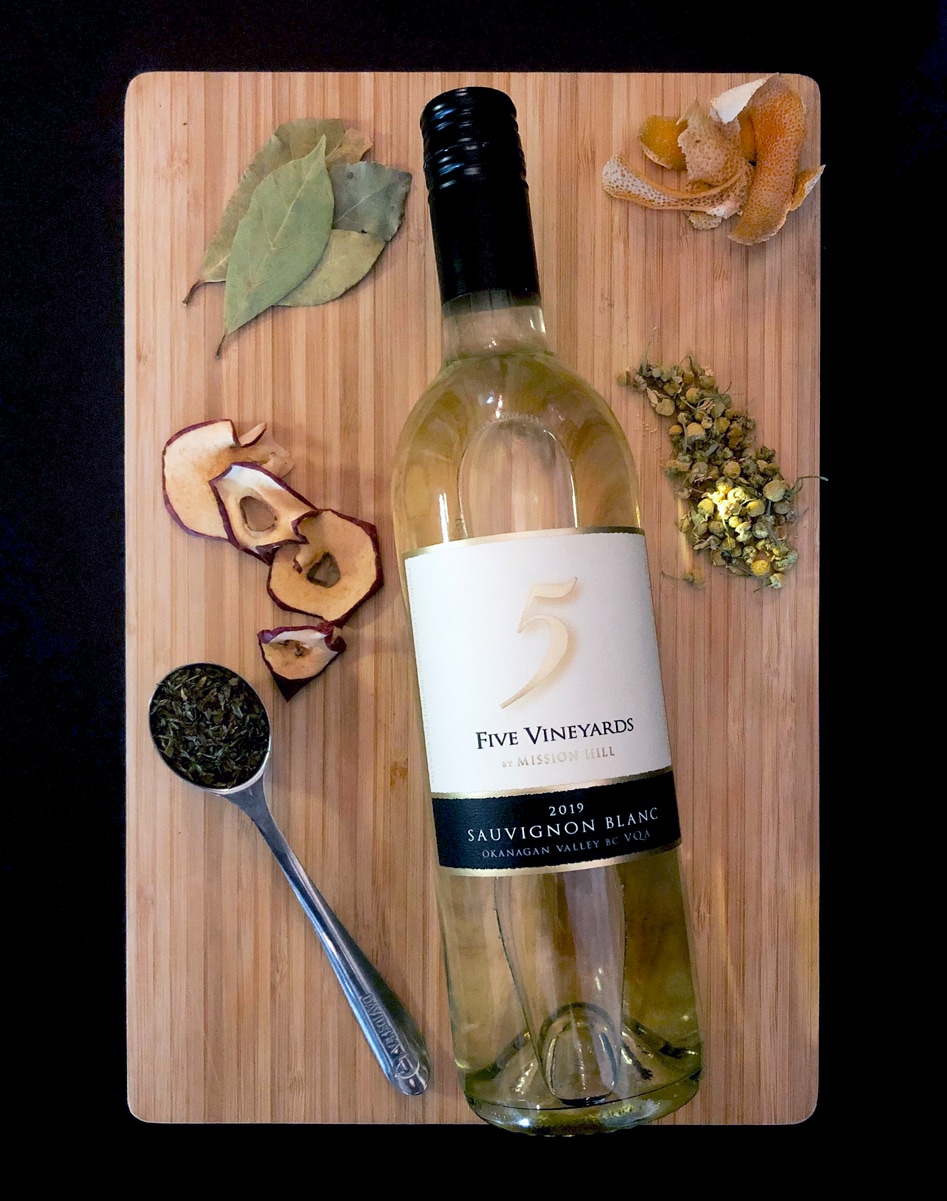
White Chamomile Vermouth
• 1 (750 mL) bottle white wine (Sauvignon Blanc is ideal for its grapefruit notes and dry finish)
• 4 dried bay leaves
• 5 to 6 dried strips of grapefruit peels
• 4 dried red apple slices
• 2 Tbsp dried chamomile
• 1 Tbsp herbal peppermint tea
• 2 oz brandy
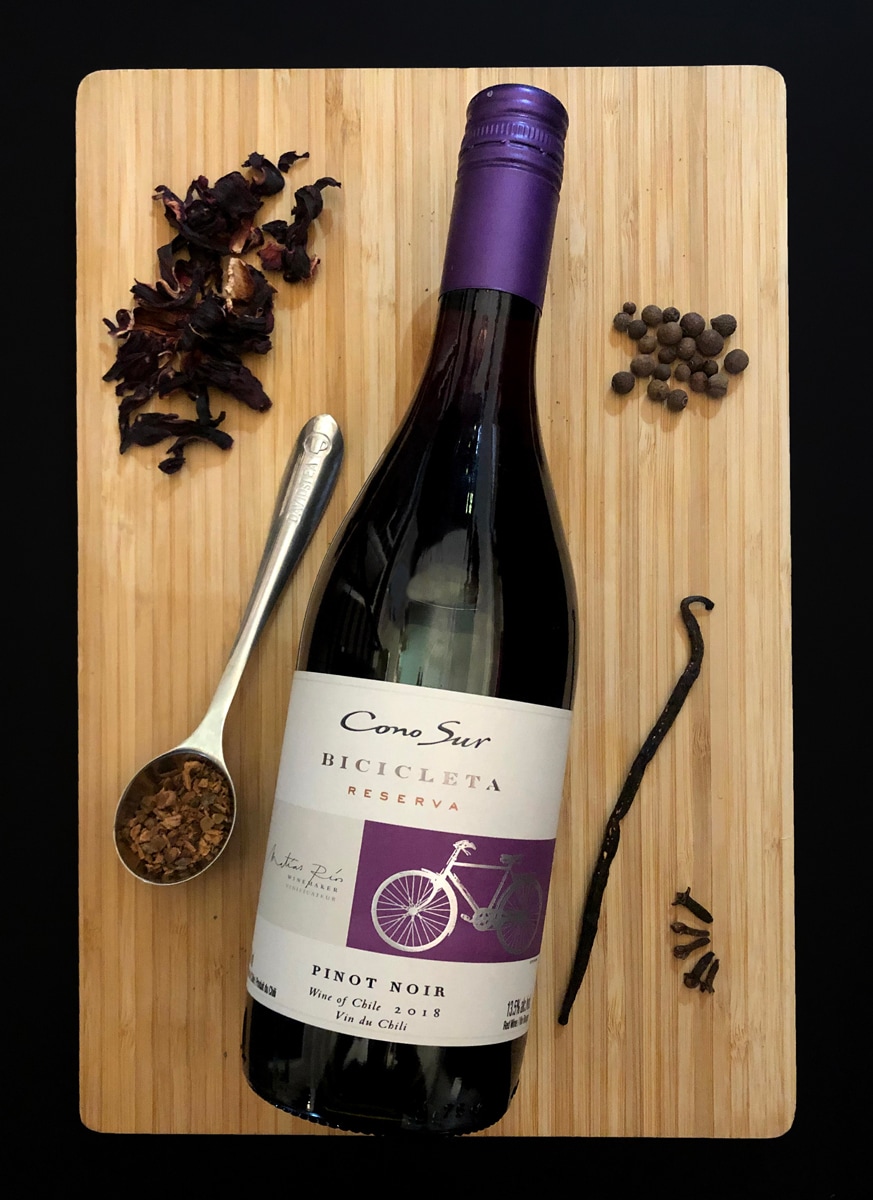
Red Hibiscus Vermouth
• 1 (750 mL) bottle red wine (Pinot Noir is ideal for its cherry, red fruit and pepper notes, and warming tannic finish)
• 3 Tbsp dried hibiscus flowers
• 5 whole cloves
• 1 tsp cherrywood chips
• 1 tsp whole allspice berries
• 1 whole vanilla bean
• 2 oz brandy
Method
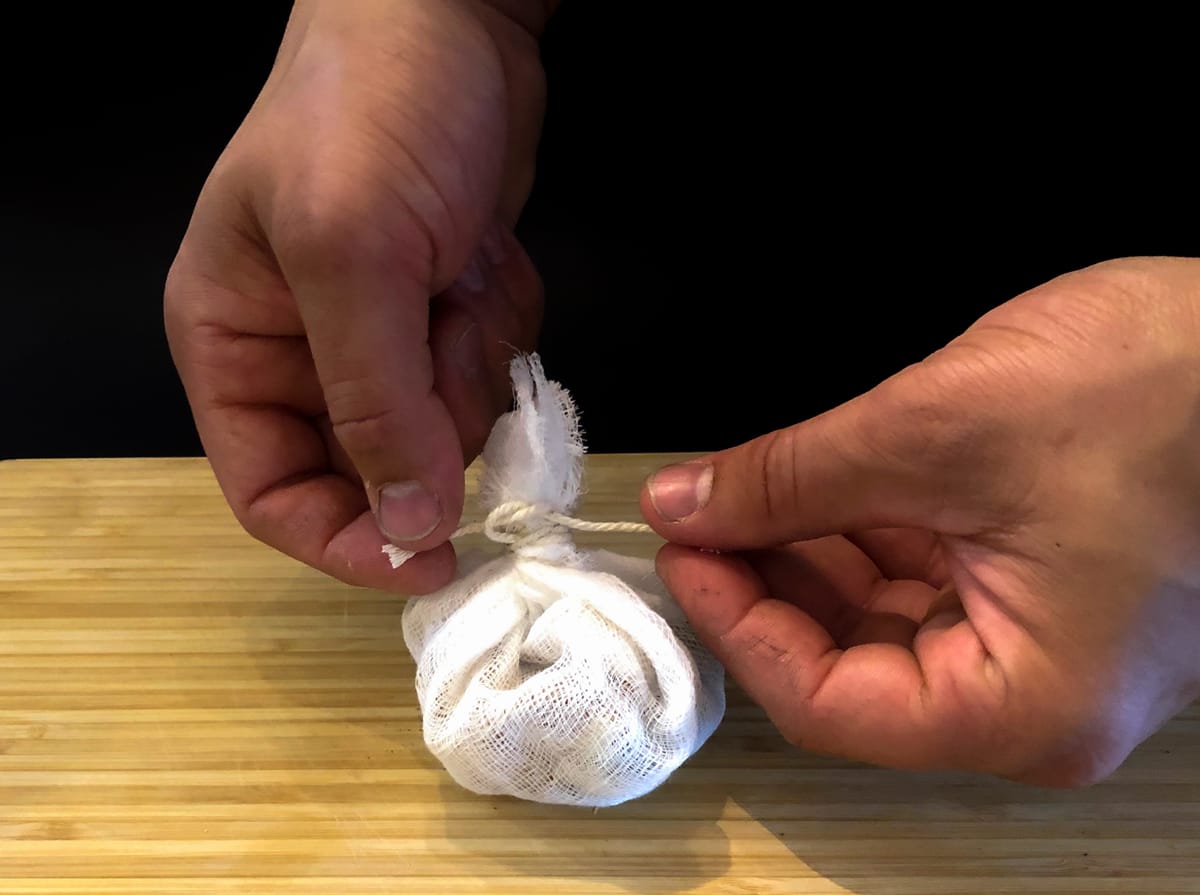
Place the dry ingredients into a few layers of cheesecloth, then tie it together.
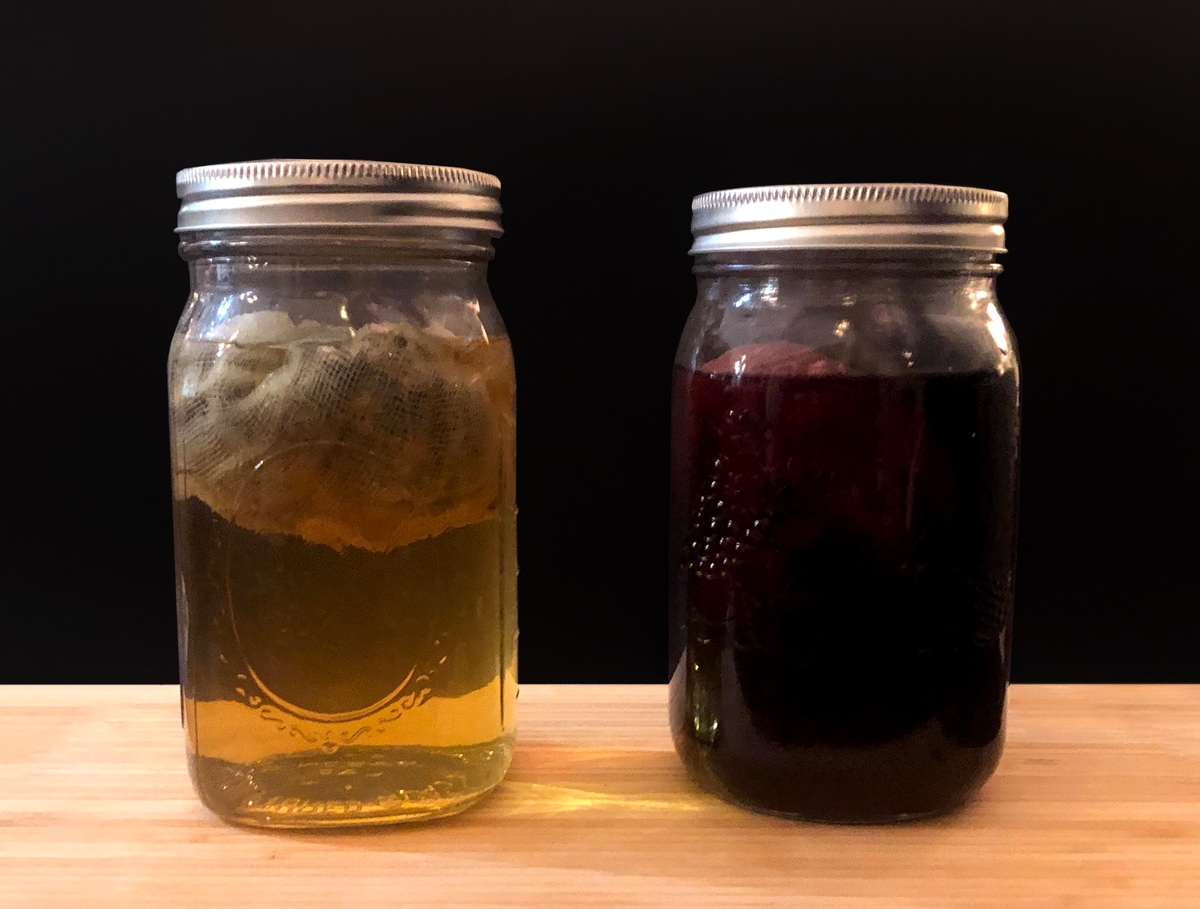
In a sterilized 1 litre (4 cup) jar, add your dried herb pouch, wine and brandy. Stir well, seal and set aside for 48 hours to infuse. Taste. If you feel the vermouth needs to be stronger, let it infuse a few more hours; add sweetener (such as honey or simple syrup) if you need it.
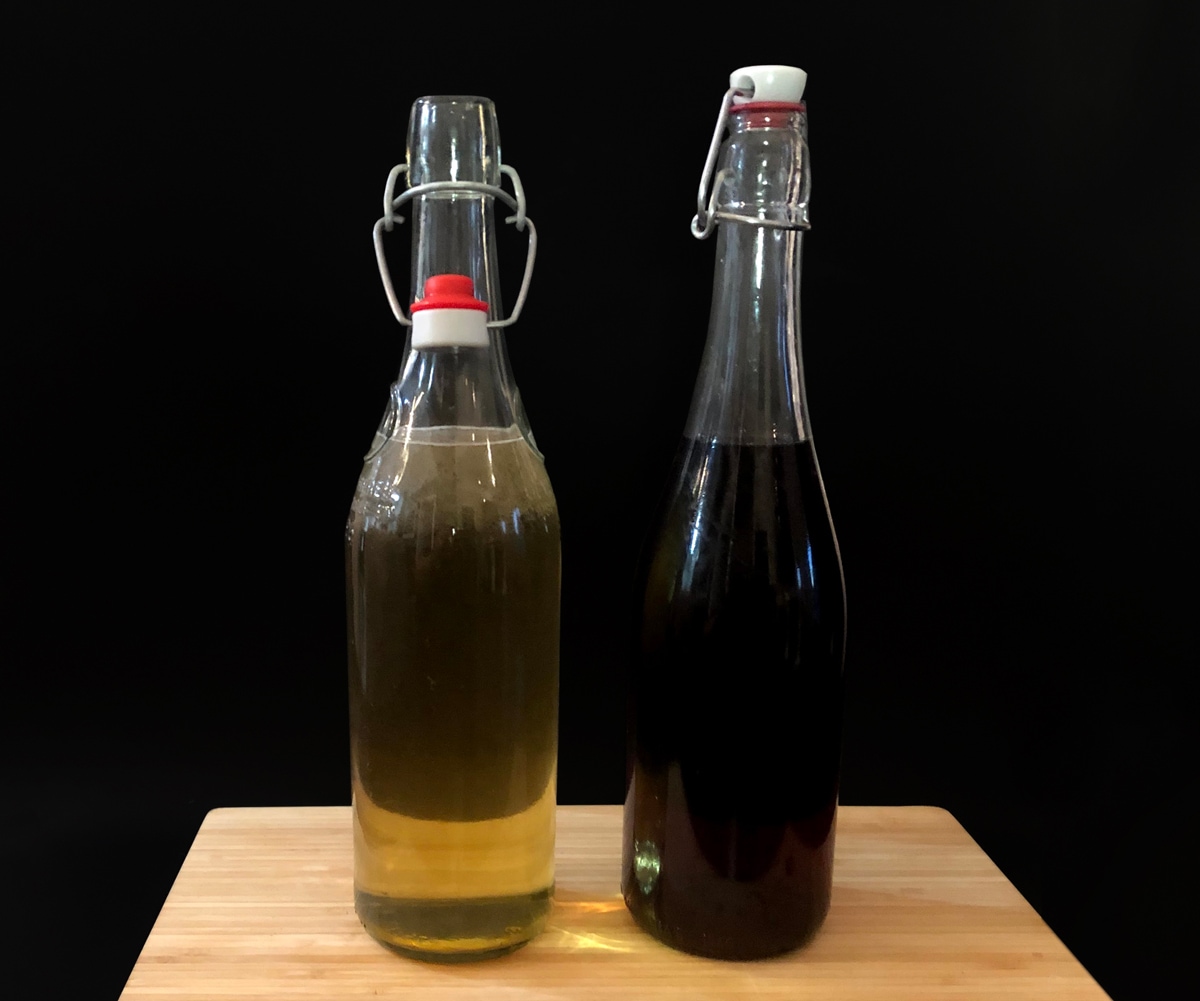
Once you’re satisfied with the flavour of your vermouth, strain it through a filter and into a sealable bottle. Store in the fridge until needed—it should last at least three months.
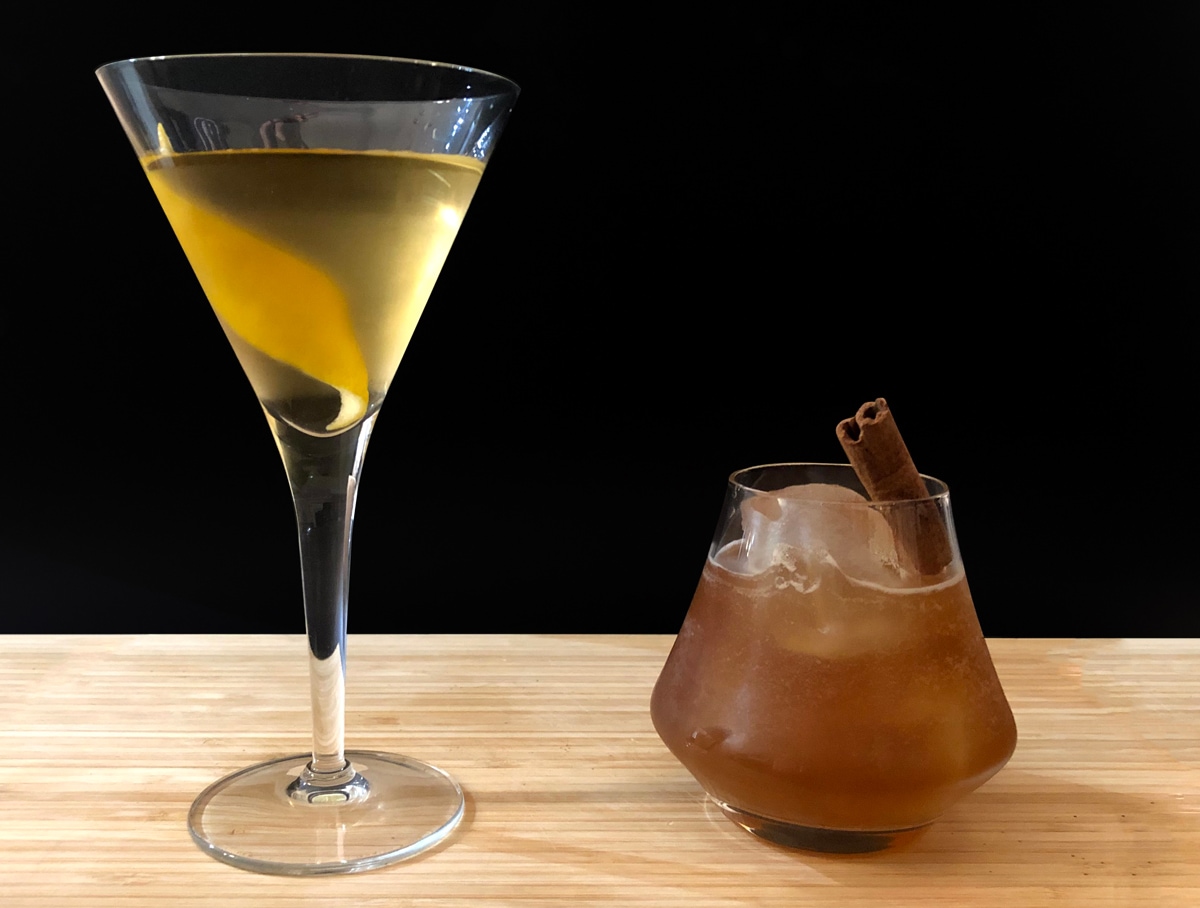
Make these recipes at home with your new vermouth:
50/50 Martini
Powell Street Punch
—by Matthew Benevoli


